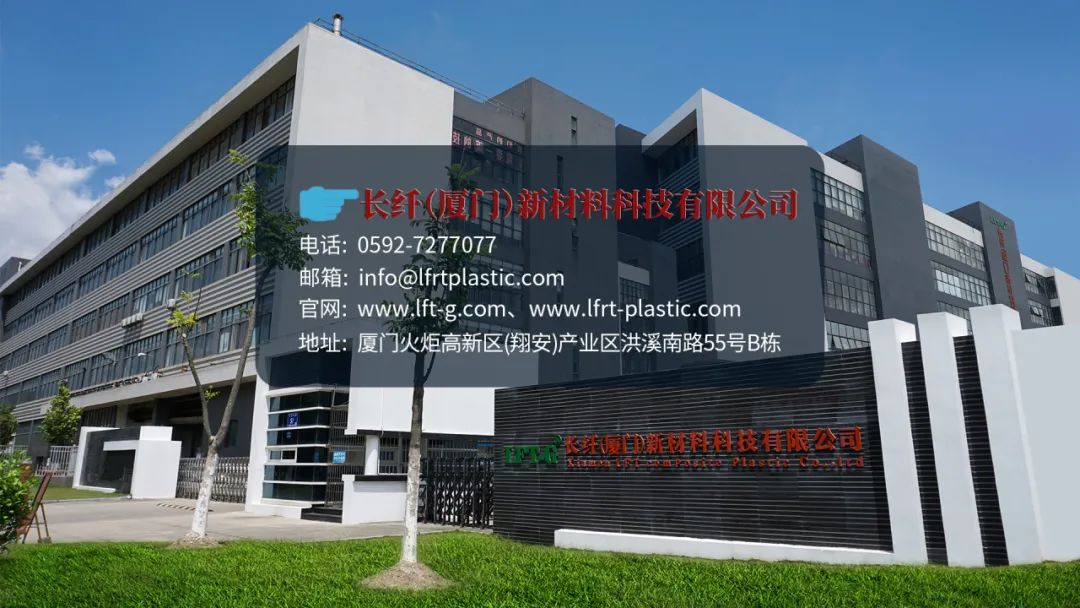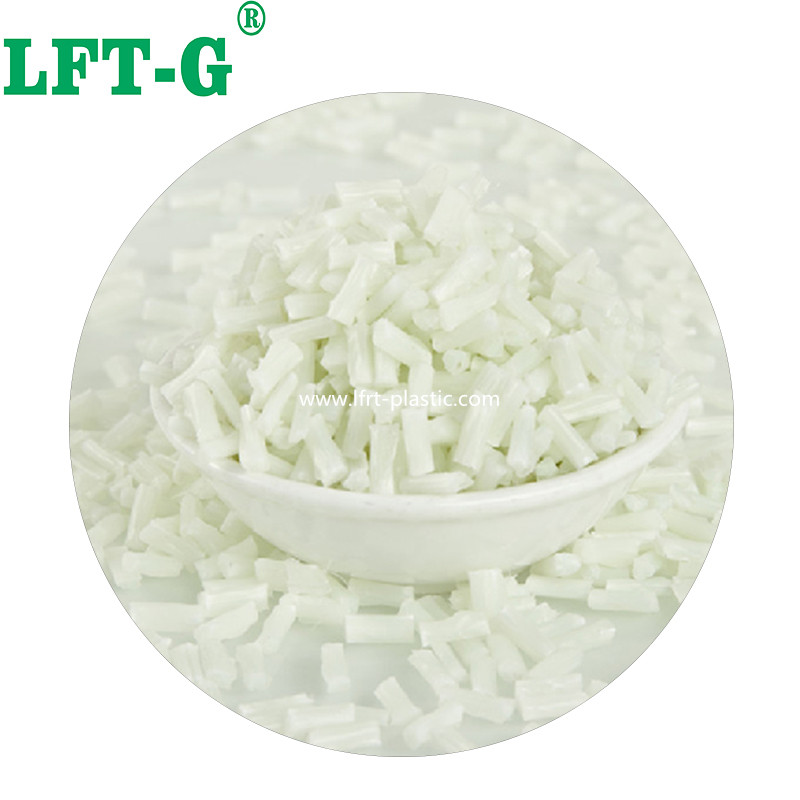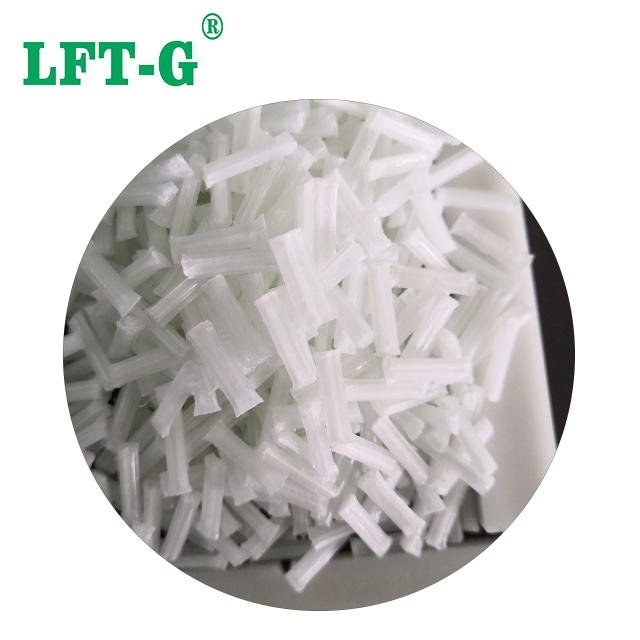new blog
Polyamide resin, the English name for polyamide, PA for short, commonly known as nylon (Nylon). It is a macromolecular main chain repeating units containing amide groups in the polymer of the general term. Is the five engineering plastics in the production of the largest, most varieties, the most widely used varieties, and other polymer blends and alloys, etc., to meet different special requirements, widely used as a substitute for metal, wood and other traditional materials.
The main varieties of nylon are nylon 6 (PA6) and nylon 66 (PA66), accounting for the absolute dominance.
Then the question comes, what is the essential difference between PA6 and PA66?

Basic differences in physical properties
Nylon 6 (PA6) is polycaprolactam, while nylon 66 (PA66) is polyadipic acid hexamethylene diamine, and PA66 is 12% stiffer than PA6.
PA6 has very similar chemical-physical properties to PA66, however, it has a lower melting point and a wide range of process temperatures. It has better impact and solubility resistance than PA66, but is also more hygroscopic.
PA66 is a semi-crystalline-crystalline material that has a higher melting point and maintains greater strength and stiffness at higher temperatures.
Product Performance Differences
PA6: Excellent thermal stability, high heat resistance; good dimensional stability; high surface quality; good anti-warping.
Melting point: 210 - 220 ℃
Decomposition temperature: >300 ℃
Flash point: >400 ℃
Self-ignition temperature: >450 ℃
Physical state: solid particles
Odor: non-toxic
No Recycling: Yes
Final disposal: Soil (harmless industrial waste)
Extinguishing agent: various extinguishing agents available (water, foam, powder, CO2, sand)
Transportation: non-hazardous, suitable for all means of transportation
EC standard: Non-dangerous goods
PA66: excellent abrasion resistance, good high impact resistance and good dimensional stability.
Melting point: 250-270 ℃
Decomposition temperature: >350 ℃
Flash point: >400 ℃
Self-ignition temperature: >450 ℃
Physical state: solid particles
Odor: non-toxic
No Recycling: Yes
Final disposal: Soil (harmless industrial waste)
Extinguishing agent: various extinguishing agents available (water, foam, powder, CO2, sand)
Transportation: non-hazardous, suitable for all means of transportation
EC standard: non-dangerous goods
Difference in use
PA6 is generally used in automobile parts, mechanical parts, electronic and electrical products, engineering parts and other products.
PA66 is more widely used in the automotive industry, instrument housings and other products that require impact resistance and high strength requirements, such as marine propellers, gears, rollers, pulleys, rollers, impellers in the pump body, fan blades, high-pressure sealing enclosure, valve seats, gaskets, bushings, a variety of handles, support frames, the inner layer of the wire package.

